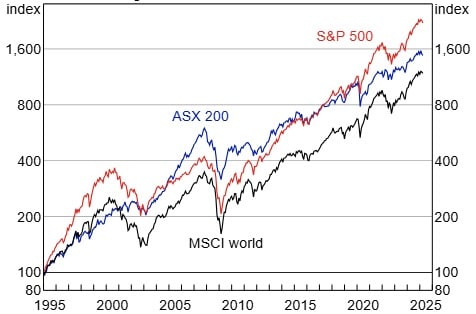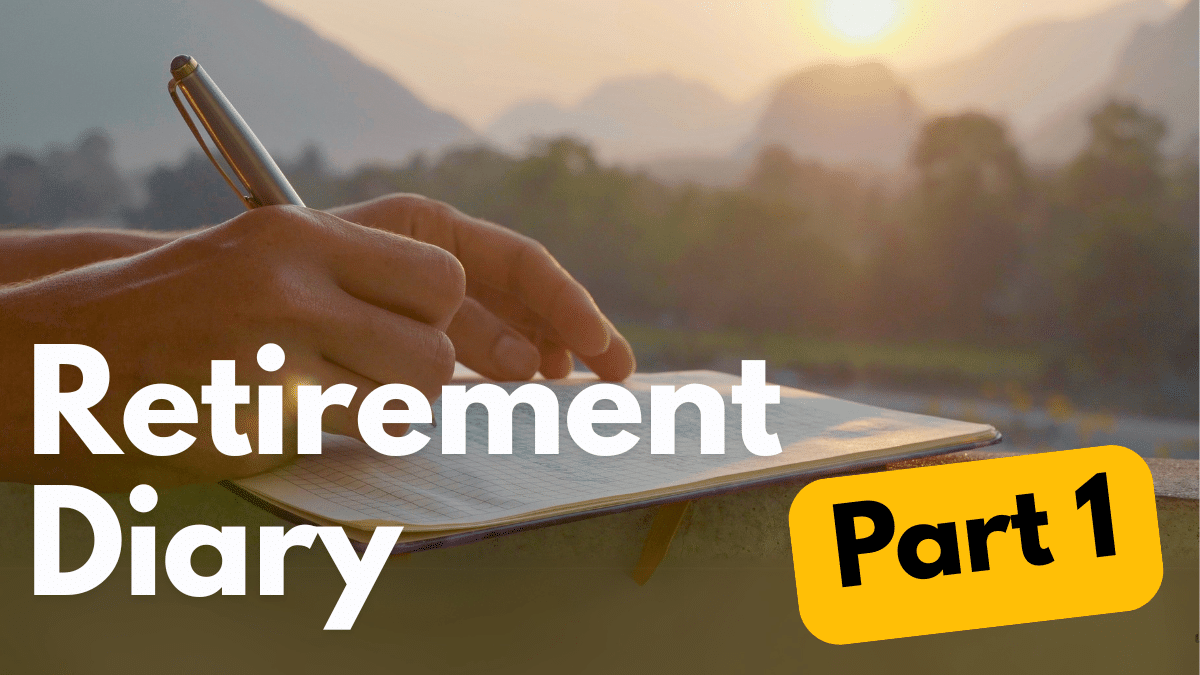In this guide
Here’s my quandary.
Over the summer break, I decided this was the year I would finally retire, with a tentative date of Christmas 2025. And then Donald Trump assumed the US Presidency.
Markets were bracing for his promised tariffs, but the extent of the universal tariffs announced on April 2 was worse than anyone predicted. Share markets quickly priced in the growing possibility of a global trade war and recession in the US and beyond, sending global share markets reeling.
Markets hate uncertainty, which is another way of saying people hate uncertainty, because markets are ultimately a place where people meet to trade, albeit at a digital distance these days. And despite our technological sophistication, the human brain still has a primitive fight or flight response to fear and uncertainty.
Market mayhem
As I write this, it’s three trading days after Trump’s tariff bombshell and Australian shares plunge 4.2%, taking 3-day losses to more than 7%. The US market is down 10% and the tech-heavy Nasdaq index is down 20%. A friend texts to ask if it’s too late to switch to cash. The headlines are screaming bloodbath.
At this stage, it’s impossible to know if the current market turmoil will be short-lived or if this is the beginning of a longer, deeper descent. What we do know is that despite the occasional bloodletting – the 1987 crash, the GFC, Covid – share markets rise over the long term supported by growing economies and rising incomes.
As Warren Buffett’s mentor, Benjamin Graham said, “In the short run the market is a voting machine but in the long run, it is a weighing machine.” Today the market is voting ‘no’ to Trump’s tariffs out of fear and uncertainty about their economic impacts, but share market returns over the next 5-10 years will reflect economic fundamentals.
Share Price Accumulation Indices

Log scale, end December 1994 =100
Source: Bloomberg, RBA
Unfortunately, I don’t have 5 – 10 years to recoup what could amount to a Trump-sized hole in my retirement savings.



Leave a Reply
You must be logged in to post a comment.